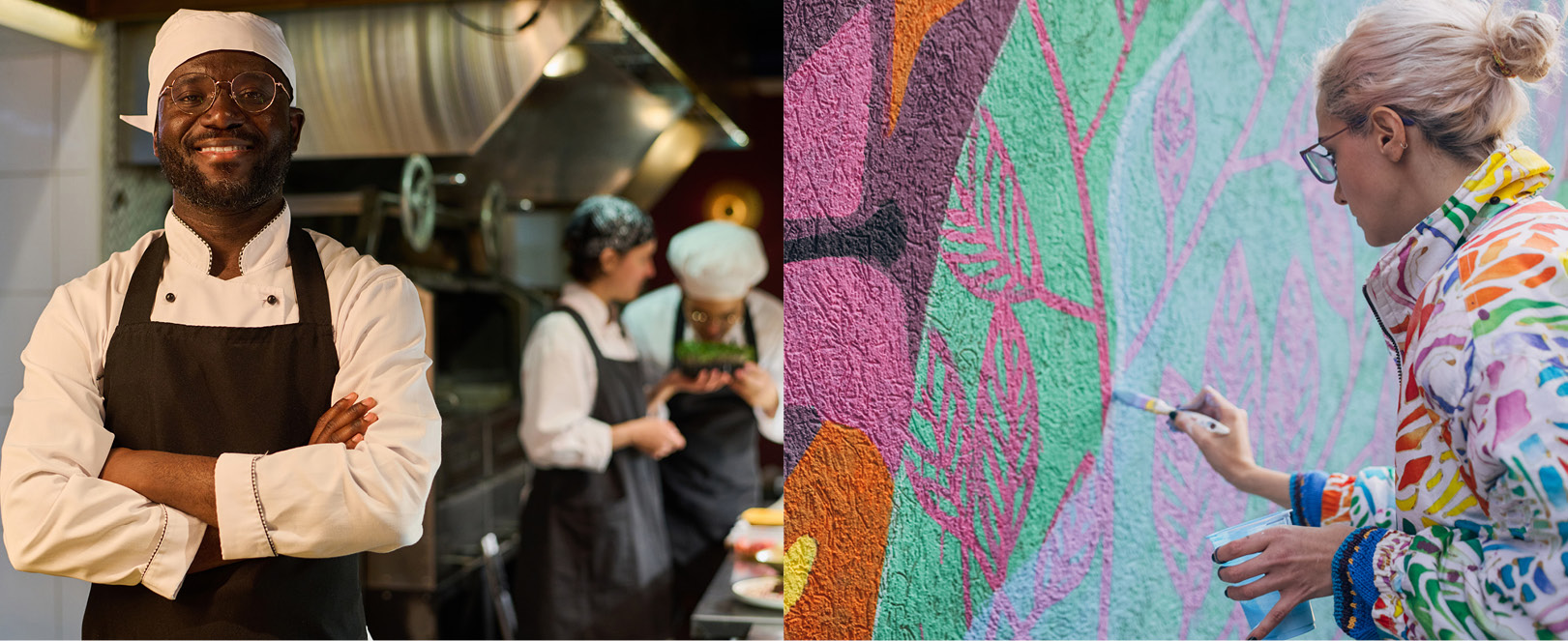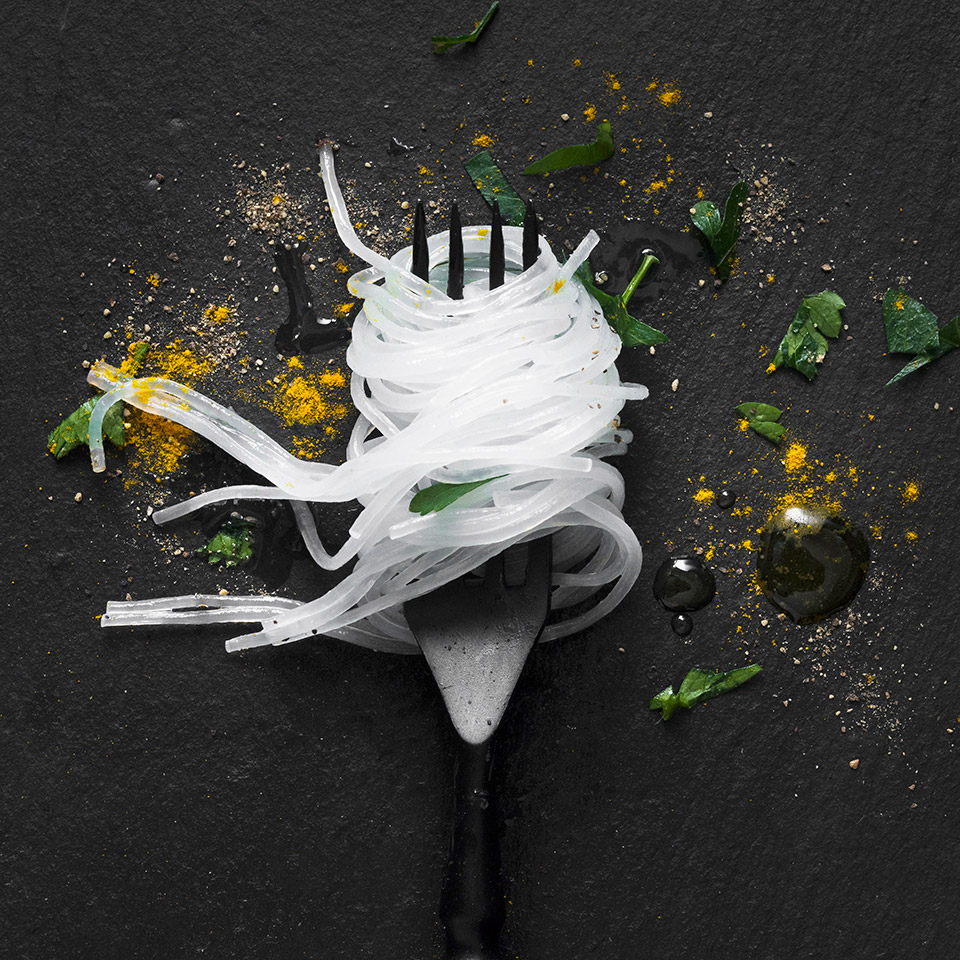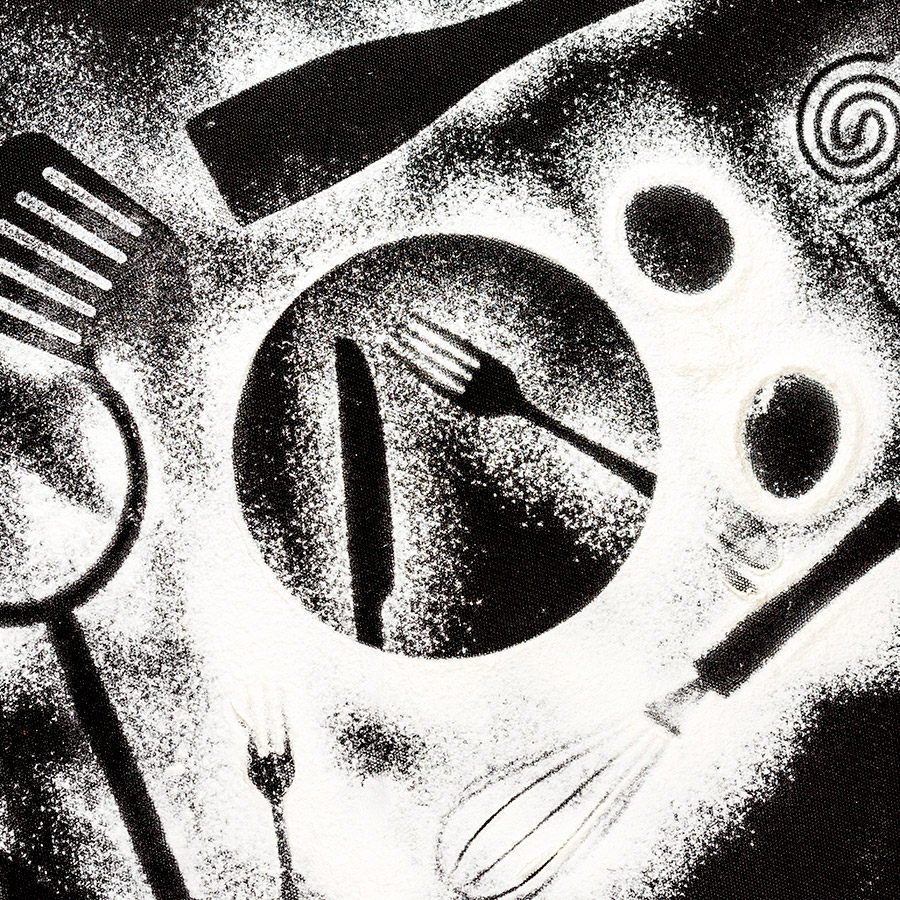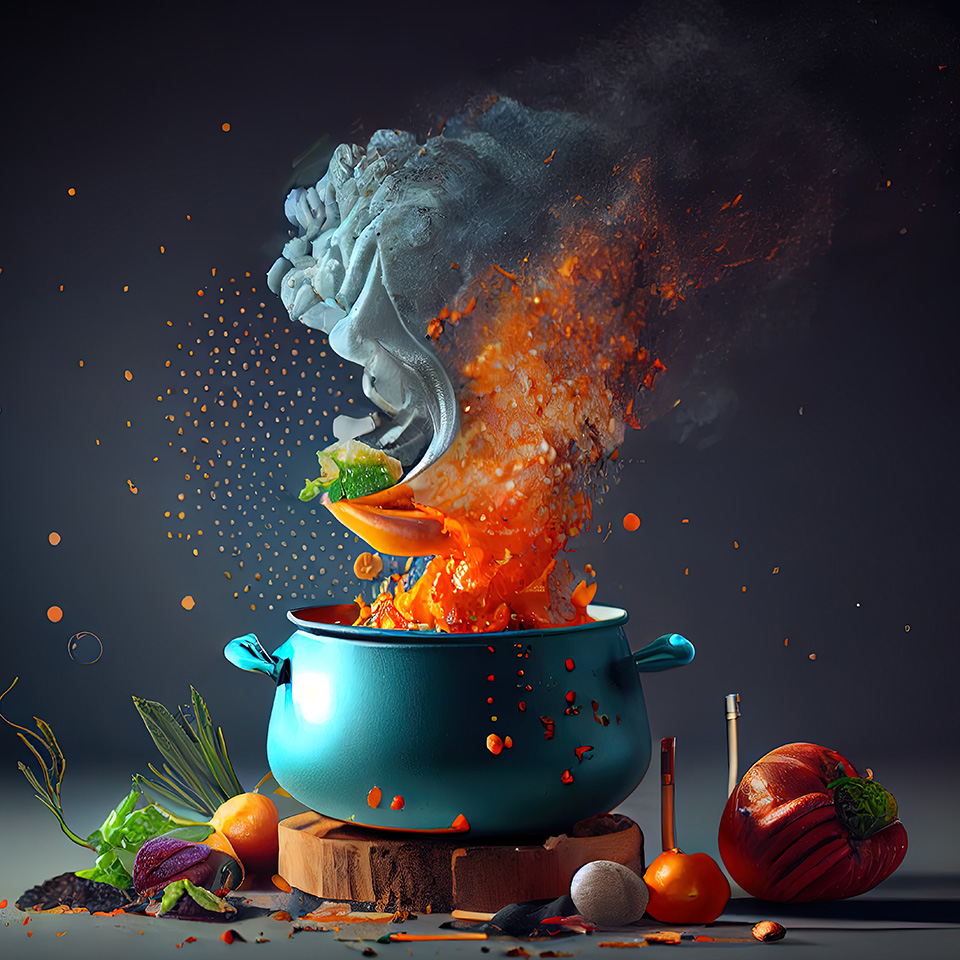The debate about whether great chefs are artists has swirled for centuries. Historically, cooking was seen as a craft, a necessary skill for survival. But as cultures developed and food became more than just sustenance, a shift began. From the elaborate feasts of the ancient Romans to the artistry of Japanese chefs creating delicate sushi, food presentation and flavor took center stage.
The 18th century saw the rise of celebrity chefs like Marie-Antoine Carême, who meticulously crafted dishes that were as pleasing to the eye as they were to the palate. Carême’s innovations in French cuisine blurred the lines between cooking and art, inspiring generations to come. Today, the argument for chefs as artists is even stronger. Modern masters like Heston Blumenthal and Grant Achatz push the boundaries of flavor and presentation. They utilize science and technology to create edible works of art, deconstructing traditional dishes and utilizing unexpected ingredients. Molecular gastronomy, with its focus on textures and foams, is a prime example of this artistic approach.
Chefs aren’t just concerned with the final product; they orchestrate the entire dining experience. They curate the ambience, design the plating, and consider how each bite will unfold on the palate. Just like a painter uses color and composition, a chef uses ingredients and techniques to create an emotional response. Not all chefs see themselves as artists, and that’s okay. There’s a spectrum of skill and creativity in the culinary world. But for those who approach food with a vision, a deep understanding of flavor, and an innovative spirit, there’s no doubt they share some of the same creative spark as painters, sculptors, and musicians. They are artists who nourish not just the body, but also the soul.
Taste Cooking’s Noah Charney on Chefs as Artists
Read the whole fascinating article on Taste Cooking here. All excerpts below are taken directly from the article.
“Whether chefs should be considered artists seems to be a hot question, particularly among chefs themselves. “I think chefs are both artists and artisans,” Charlie Palmer says. “However chefs want to perceive themselves, that is totally up to the individuality of the chef.” Ferran Adrià, who has been described as an artist more than any other chef, does not think of himself as one. “I consider myself strictly a cook,” he says. “That does not take away the fact that there are elements in the production of certain chefs that trigger aesthetic emotions similar to those triggered by certain works of art.” Bill Buford, the author of Heat, concurs. “I think most chefs are artisans, and that’s a perfectly respectable title,” he says. “But within the context of an artisan profession, there are people who are able to come up with such imaginative and creative leaps that it’s hard not to regard it as an artistic achievement.”
“But it’s invenzione that distinguishes a great chef from a good cooks. “You have some chefs who are artists and have a vision, and those chefs are creative,” [Eric] Ripert says. “They’re creative by inventing new techniques, by using new ingredients in new ways, by creating new flavors and consistencies, and so on. So let’s leave aside the good cooks and consider the great chefs. Are they up there with the great artists? Can Heston Blumenthal’s Dinner stand alongside Leonardo’s Last Supper, or Thomas Keller’s Oysters and Pearls beside Vermeer’s Girl With a Pearl Earring? And is David Gelb a modern-day Giorgio Vasari, filming, rather than writing, a sort of group biography of the greatest chef-artists of our age?”
“To begin to answer the question, consider that chefs and the way they work have much in common with Renaissance artists. They are the heads of a kitchen, and their work is rarely theirs alone. They design the dishes, teach their staff how to make them, supervise the preparation, and add finishing touches. There might be a dozen hands involved in a dish’s preparation, but when it’s served, the head chef gets credit for it—even if she or he isn’t in the kitchen that evening. This arrangement has a direct parallel to the Renaissance bodega, the studio system that has dominated fine art since ancient times. “If you look at Michelangelo, obviously he was on his own,” Ripert notes. “However, he didn’t do the Sistine Chapel by himself. He had a team of students with him, and he learned painting from Ghirlandaio…”
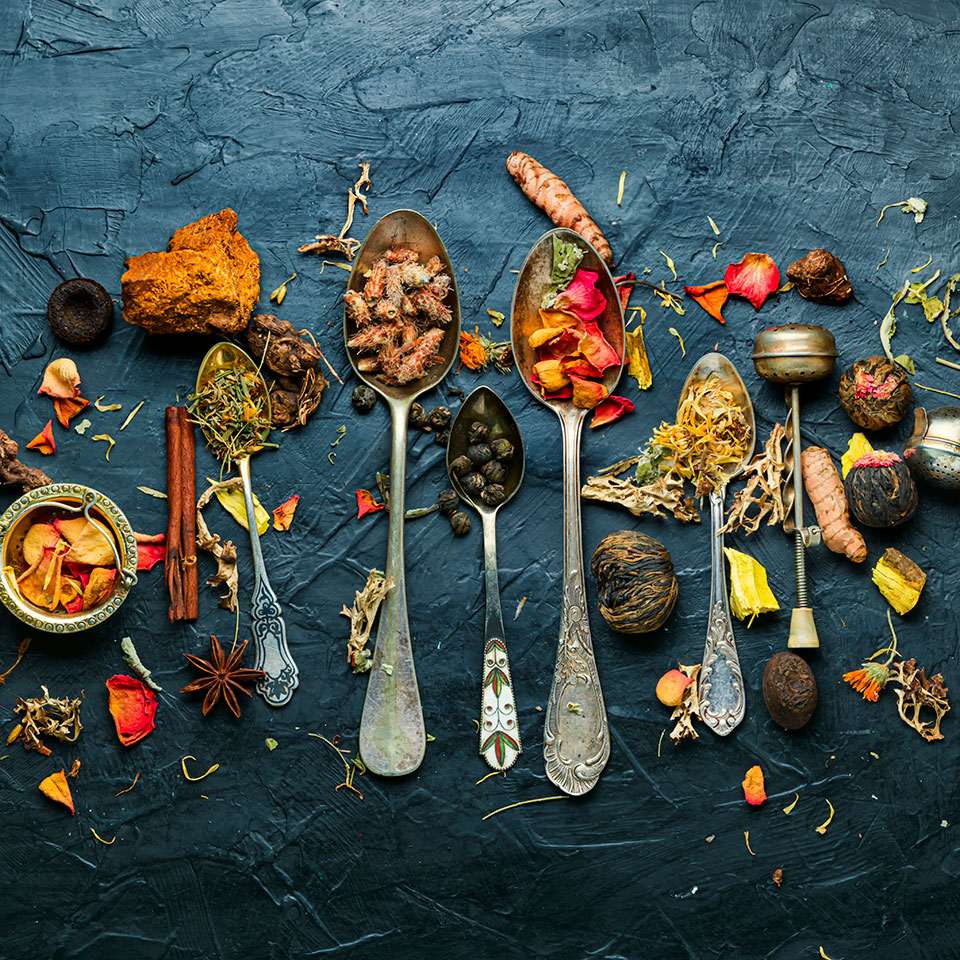
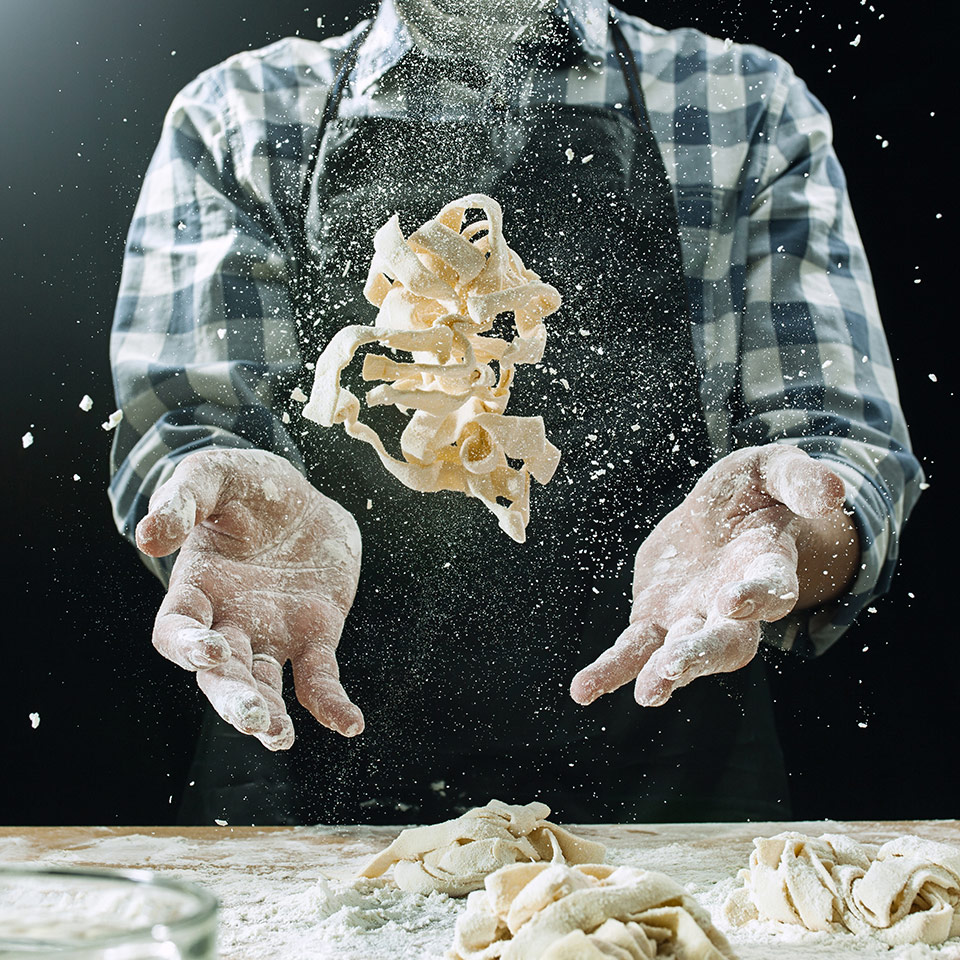
“The way we present Chefs is likewise similar to our presentation of artists. Chef’s Table echoes Vasari’s Lives in that it simultaneously deifies and humanizes those it profiles. We learn about the chefs’ childhood, personality quirks, and past failures, which allows us to see this Great Name in three dimensions. But Chef’s Table’s manner of presentation, with food porn close-ups and giddy talking heads extolling the Chef’s brilliance, makes the series an apotheosis. Vasari did the same thing in Lives by telling his subjects’ humanizing origin stories while praising them to the heavens. But let’s put aside the artists—and chefs—for a second. The baseline for traditional art, as Vasari established, is that it is beautiful. The baseline for a dish is that it tastes good.”
“Art, the saying goes, is great when it makes you think about some aspect of what it is to be human in a different or deeper way. We are moved by Michelangelo’s Pieta, for example, because we can empathize with a parent mourning the death of a child. Can food actually do anything of that nature? Bettina Jacomini, editor-in-chief of Fine Dining Lovers magazine, thinks so. “Great chefs serve emotions, and when it happens, it’s such an intimate experience,” Jacomini says. “They sublimate matter into feelings: Is that not art?” Perhaps, but this argument doesn’t convince Rayner. “I have not come across a chef whose cooking actually makes me dwell upon the meaning of who I am,” he says.”
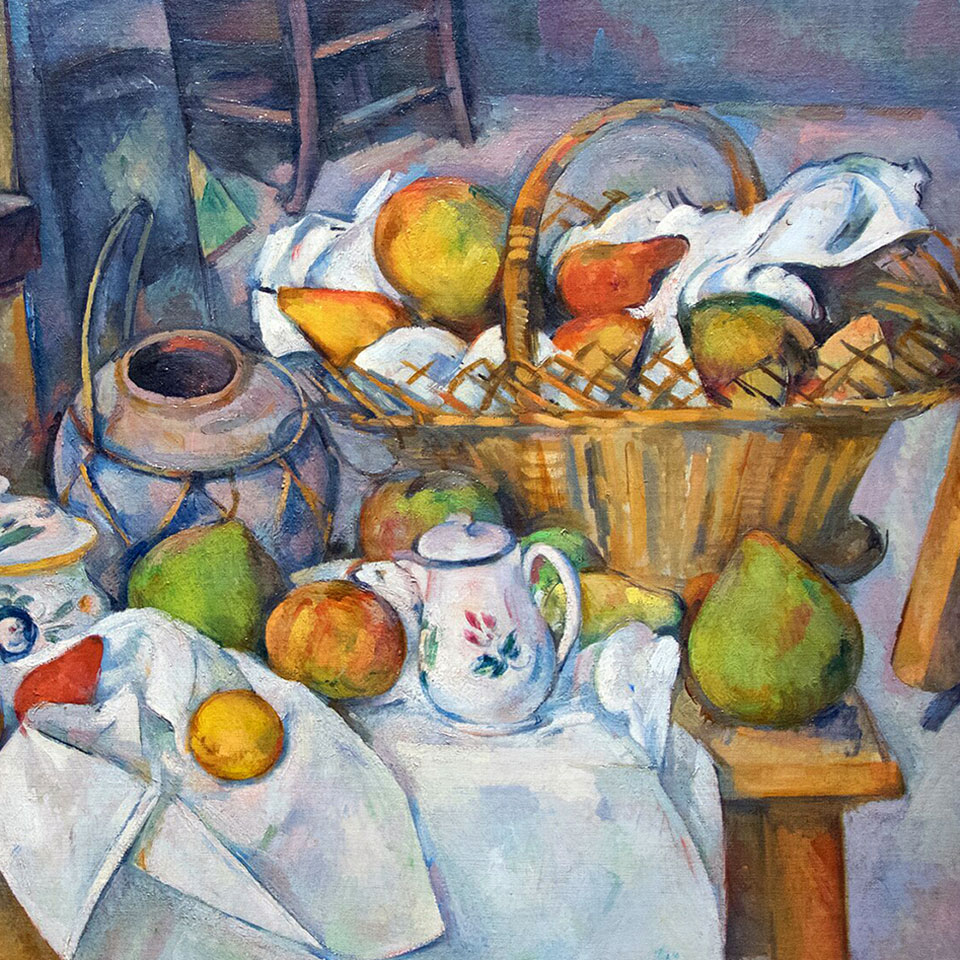

“Who are the canonical Chefs whom time has already enshrined? Marie-Antoine Careme established French grande cuisine and was the first internationally celebrated chef. Michel Richard helped popularize nouvelle cuisine. Alice Waters did the same for farm-to-table eating. Adrià appears to be another, as does Rene Redzepi. Perhaps some clues can be found at Corey Lee’s San Francisco restaurant In Situ, where the menu consists of well-executed copies of famous dishes invented by other chefs. Each is carefully cited, such as “Wood Sorrel & Sheep’s Milk Yogurt, Rene Redzepi; Noma; Copenagen; 2005.” The restaurant is equal parts edible museum, homage, and greatest-hits mixtape.”
Read all of Noah Charney’s fascinating article here.

